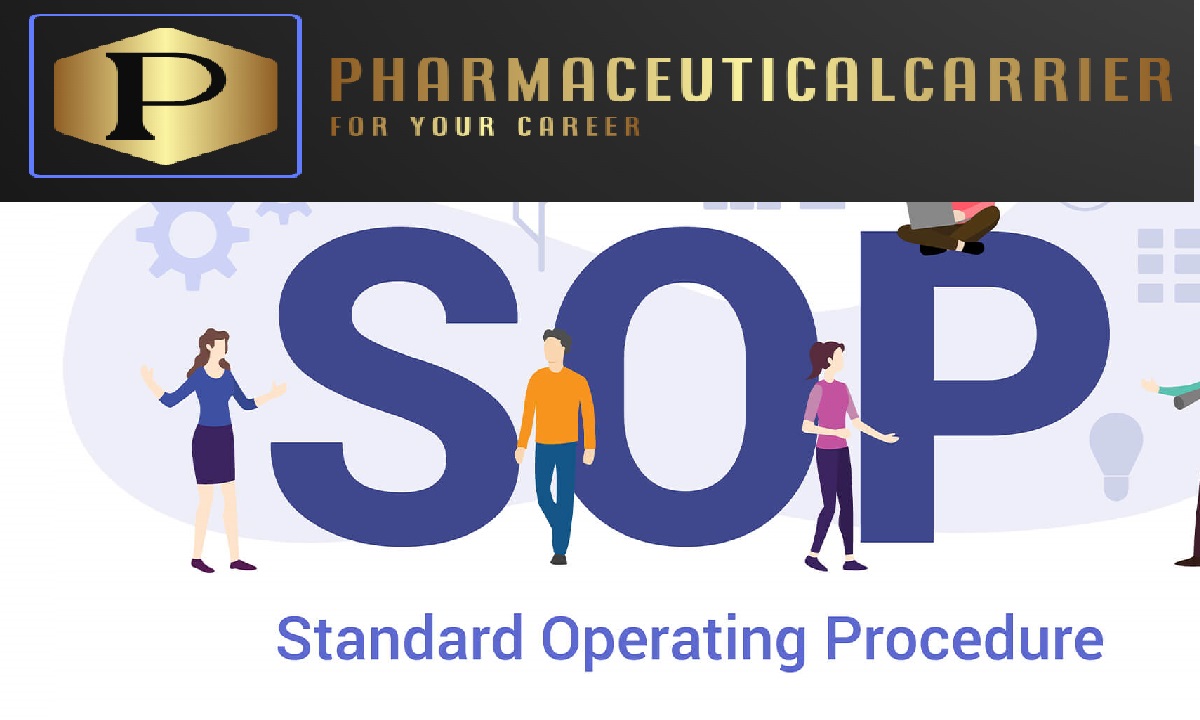1. Purpose of System Suitability Tests (SST) for HPLC System Performance
The purpose of this Standard Operating Procedure (SOP) for System Suitability Tests (SST) for HPLC System Performance is to establish criteria and procedures for conducting System Suitability Tests (SST) to ensure the consistent and reliable performance of the High-Performance Liquid Chromatography (HPLC) system at [Company Name]. This procedure is essential for maintaining the accuracy and precision of analytical results.
2. Scope of System Suitability Tests (SST) for HPLC System Performance
This SOP for System Suitability Tests (SST) for HPLC System Performance applies to all laboratory personnel responsible for performing HPLC analyses at [Company Name]. It covers the criteria for SST and the steps to perform these tests to assess the HPLC system’s performance.
3. Definitions involved in System Suitability Tests (SST) for HPLC System Performance
3.1 System Suitability Tests (SST):
A set of chromatographic tests used to evaluate the performance of an HPLC system and ensure that it meets predefined criteria.
4. Responsibilities involved in System Suitability Tests (SST) for HPLC System Performance
4.1. Laboratory Manager
4.1.1 Ensure that laboratory personnel are trained and competent in conducting SST.
4.1.2 Oversee compliance with this SOP.
4.2. Analysts
4.2.1 Perform System Suitability Tests as outlined in this SOP.
4.2.2 Report any deviations or issues to the Laboratory Manager.
5. System Suitability Test Criteria
5.1. Resolution
5.1.1 Define acceptable resolution criteria for the separation of critical peaks.
5.1.2 Resolution criteria should meet regulatory or internal standards.
5.2. Retention Time
5.2.1 Establish acceptable retention time criteria for specific compounds.
5.2.2 Retention time criteria should be within predefined limits.
5.3. Peak Shape
5.3.1 Determine acceptable peak shape criteria.
5.3.2 Peak shape should be symmetrical and free from tailing or fronting.
5.4. Detector Linearity
5.4.1 Set criteria for detector linearity, typically based on calibration curves.
5.4.2 Ensure that the detector response is linear over the specified concentration range.
6. Performing System Suitability Tests
6.1. Test Frequency
6.1.1 Perform System Suitability Tests before starting any analytical run.
6.1.2 Rerun SST if there is a significant change in the system, such as a column change.
6.2. Test Procedure
6.2.1 Inject a reference standard solution as per the defined method.
6.2.2 Monitor and record parameters, including resolution, retention time, and peak shape.
7. Evaluation of System Suitability Tests (SST)
7.1. Pass/Fail Criteria
7.1.1 Compare the SST results to the predefined criteria.
7.1.2 If all criteria are met, the system is considered suitable for analysis.
7.2. Action on Failure
7.2.1 If any criteria are not met, investigate the issue and take corrective actions.
7.2.2 Document the corrective actions and rerun SST.
For more articles, Kindly Click here.
For pharmaceutical jobs, follow us on LinkedIn
For Editable SOPs in word format contact us on info@pharmaceuticalcarrier.com
For more information kindly follow us on pharmaguidelines.co.uk
Pharmacareer team is a team of Experts from every department of Pharmaceutical industry having enriched experience. Experts have work experience of many multinational pharmaceutical industries worldwide.


